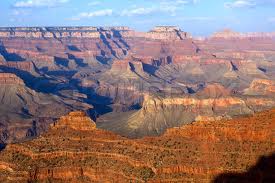|
16. North American megadroughts in the Common Era: reconstructions and simulations - PDF During the Medieval Climate Anomaly (MCA), Western North America experienced Over the 21st century, GCMs project an increase in the risk of megadrought occurrence through greenhouse gas forced reductions in precipitation and increases in evaporative demand. This drying is robust across models and multiple drought indicators, but major uncertainties still need to be resolved. These include the potential moderation of vegetation evaporative losses at higher atmospheric [CO2], variations in land surface model complexity, and decadal to multidecadal modes of natural climate variability that could delay or advance onset of aridification over the the next several decades. Because future droughts will arise from both natural variability and greenhouse gas forced trends in hydroclimate, improving our understanding of the natural drivers of persistent multidecadal megadroughts should be a major research priority. REFERENCE
|
 EASM2: LINKING NEAR-TERM FUTURE CHANGES IN WEATHER AND HYDROCLIMATE IN WESTERN NORTH AMERICA TO ADAPTATION FOR ECOSYSTEM AND WATER MANAGEMENT EASM2: LINKING NEAR-TERM FUTURE CHANGES IN WEATHER AND HYDROCLIMATE IN WESTERN NORTH AMERICA TO ADAPTATION FOR ECOSYSTEM AND WATER MANAGEMENT | |
| Lamont-Doherty Earth Observatory of Columbia University 61 Route 9W Palisades, NY 10964
| |
|
| |